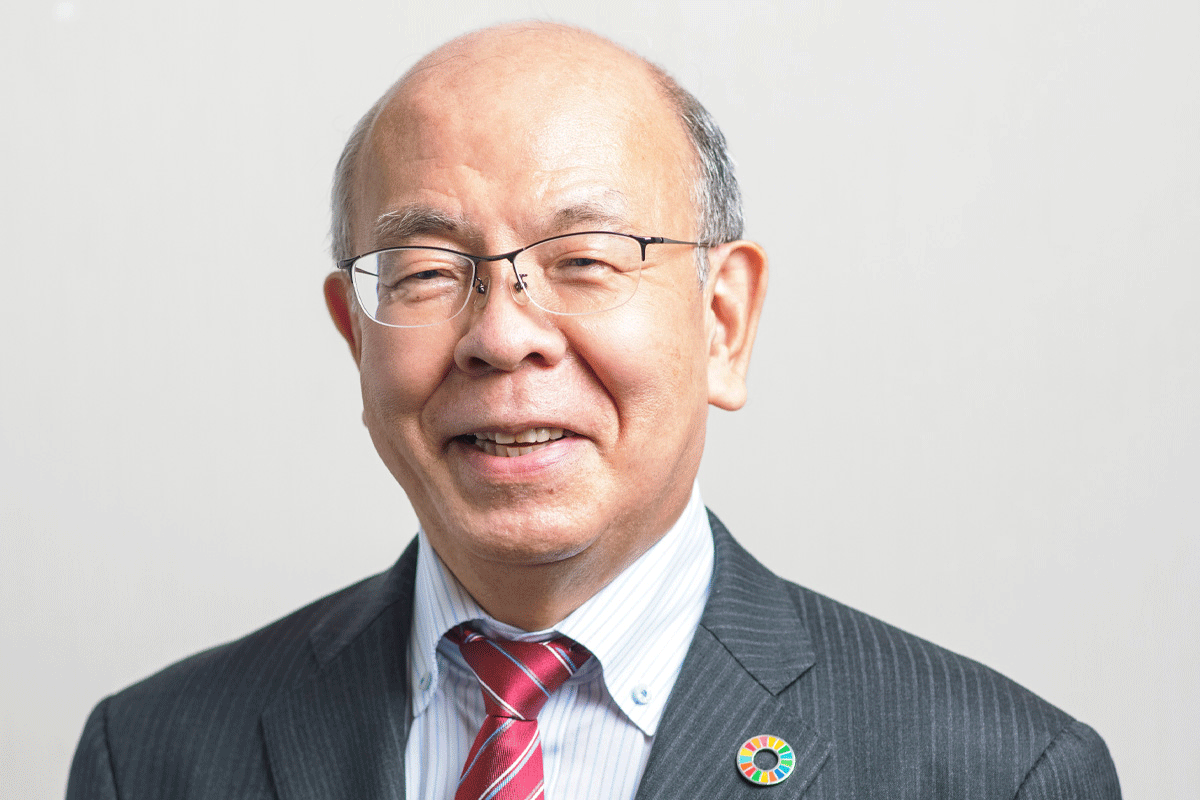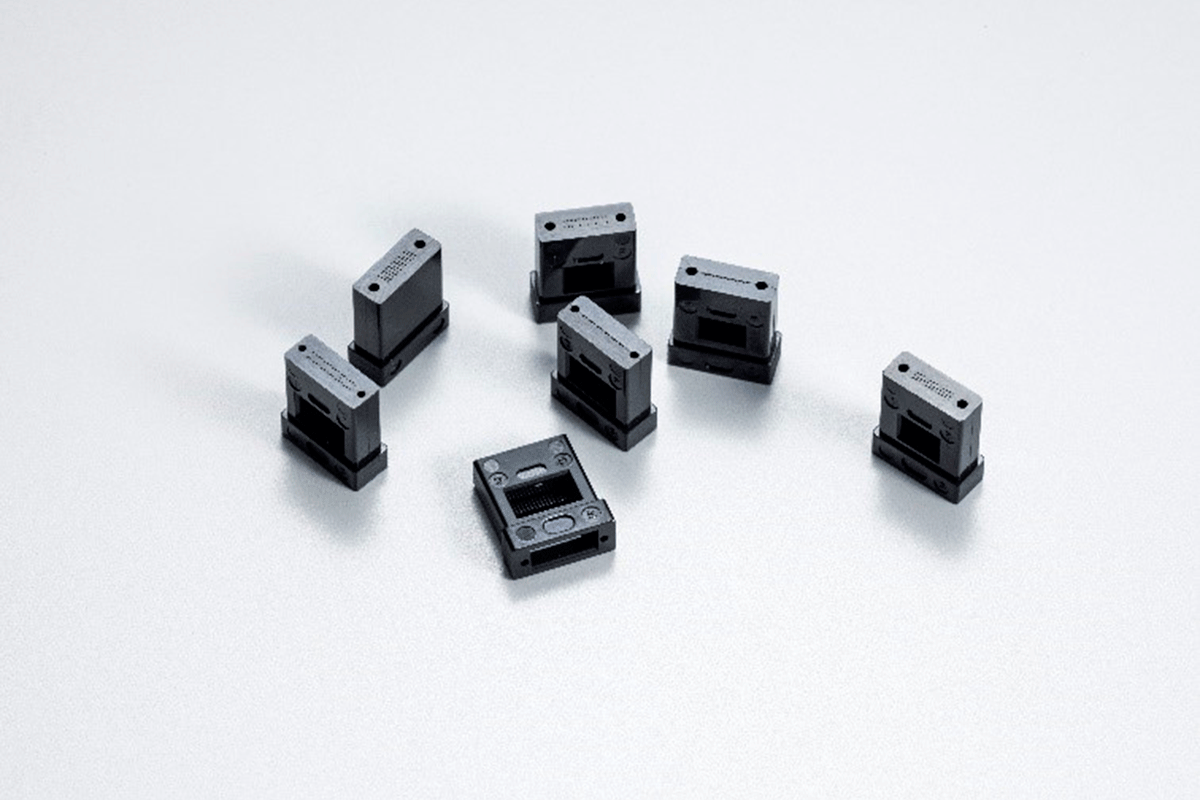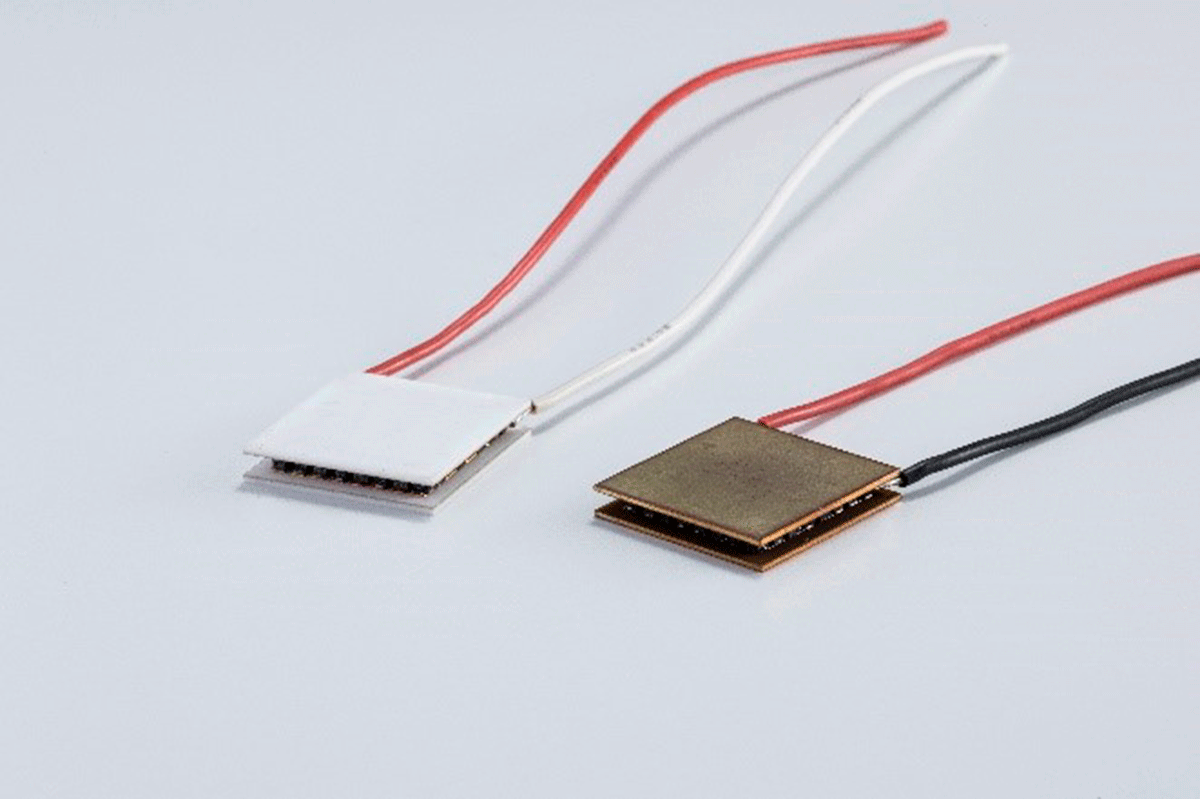From near-bankruptcy to optical triumphs, Hakusan unveils its strategies for global dominance in manufacturing excellence

It is an exciting time for Japanese manufacturing. The past three years have seen large supply chain disruptions due to COVID as well as the US-China decoupling situation, and as a result, corporate groups are looking to diversify their suppliers for reliability reasons. Known for their reliability as well as their advanced technology, Japanese companies are in an interesting position. Combined with a weak JPY, many observers argue this is a unique opportunity. Do you agree with this sentiment, and what are the advantages of Japanese companies in this current macro environment?
First of all, we completely agree with this sentiment. Of course, like other companies, we were impacted by the three years of COVID-19 and the semiconductor shortage situation. However, we successfully navigated those obstacles and achieved record production volumes for our MT Ferrules, a key component of multi-fiber optical connectors.
As for Japanese manufacturing history, we started off with our products being cheap. However, the quality was bad. This was the case in the years after WWII. As Japan did not have access to resources domestically, we had to rely on imports of resources from other countries. We were processing those resources and then exporting to other countries. This was the case in the 1950s, and the main issue back then was that the quality of the products was bad.
After that, the Japanese people learned how to enhance the quality of Japanese manufacturing. They learned this from Dr. Deming who was a professor at New York University. He helped Japanese manufacturers to statistically manage the quality of monozukuri. This was introduced and disseminated throughout Japan. As a result, we were able to sell to the US, especially in states such as California and Hawaii. They were even afraid that everything was going to be replaced by Japanese products. During that time, the status of Japanese monozukuri increased greatly.
The Deming Award was introduced in Japan. Although the education originally came from the US, the US came up with the Malcolm Baldridge Award as a counterpart to the Deming Award. The US originally helped Japanese manufacturing. However, when the US saw how well Japanese manufacturers were doing, that mindset was brought back to the US. Due to the stimulation Japan received from the US, Japan gained prominence around the world for its high-quality products.
Our company is no exception. Due to our experience, we know that if we produce high-quality goods, the customers will be willing to pay higher prices for them. Our products are used in fiber-array assemblers and optical connector vendors, where components become products for the first time. Though the initial tab price of Chinese products for example may seem more attractive, the variability in quality can lead to higher costs in assembling. Consequently, companies that are looking for suppliers and want to enhance their own quality, prefer Japanese products.
When it comes to Japanese products, we are usually selected. That is why we have the second-highest global market share. Our domestic market share is also growing. Our competitors in Japan are cable manufacturers, who produce MT ferrules and optical fibers with the capability of cable assembling. Major companies need to confirm that there is a certain demand and that requests are coming in from the customers before they commence their development. However, we work differently.
Being an SME is a strength. We are the frontrunners as we create the needs of the clients. Once a need develops, the major companies flow in after us. However, by the time they catch us, we are already looking toward something else.
Speaking of development, one of the things that you have developed and are quite well known for is the MT Ferrule for multi-fiber optical connectors. You have been developing and manufacturing it for over 20 years now, with over 1 million pieces being manufactured per month, and it is used in data centers around the world. Can you tell us a little more about the MT Ferrule and its competitive advantages?

Supports a wide range of optical fiber cores (12-Fiber, 16-Fiber, 24-Fiber, 32-Fiber, 36 -Fiber, and 48-Fiber)
First of all, when it comes to our MT Ferrules, the material that we use is not something special. It is similar to what the other companies use. We have not changed our molding machines to a large extent either and they are not different from our competitors’ molding machines. I think what differentiates us from others is the technical experts that we have. We have a process for designing and adjusting the mold. They need to measure the specifications and dimensions, and we have very precise accuracy on a stable level, where the tolerance is less than 1μm. . That is how accurate we are. This is due to the capabilities of our personnel in making adjustments.
We place great importance on educating our personnel. In Japan, there is a national certification for resin injection molding technicians. Our focus is on educating and training personnel, especially for resin injection molding, we provide our employees with the education needed, and each year many of our employees are taking this qualification.
Japan has the oldest society in the world with a rapidly shrinking population and we are seeing the effects of this such as a labor crisis and a shrinking domestic market. What have been some of the challenges this demographic shift has presented to your firm and how have you been reacting to them?
We are facing the same situation as the other companies in Japan. As you said, there is a labor shortage and it is getting more difficult to hire the younger generation. However, in Ishikawa Prefecture, as an SME, we are actually doing well as we have been able to recruit the talented personnel that we require. One reason for this is that we are promoting the active participation of autonomous human resources by utilizing ‘working from home', a flextime system, and a second job system. Unlike many other SMEs, R&D is central to our operations, which is attractive to prospective employees. When we conduct explanation sessions for the new graduates in Ishikawa Prefecture, highly motivated science students visit our booth with interest. That is the positive position that we find ourselves in. However, at the same time, we do understand the demographics and the difficulty that we are going to be placed in.
From here onwards, it is about being able to produce more things with fewer people. To do that, we are trying to utilize IoT, and right now, I and the managers can see the production status of our plants through each smartphone. By doing this, we can of course reduce the travel expenses of our personnel. We are trying to make our operations run smoothly using fewer people. It is a daily activity for us.
I would like to stress one more point. Human beings do not lose their capabilities when they reach a certain age. We fully understand that. While I am not sure of the situation in Australia or France, in Japan, most companies have a certain retirement age which is usually 60 years old. Once employees reach 60, their salary is reduced or even halved. The system that is in place in Japan forces employees to leave the labor force once they reach a certain age. However, we do not use that system.
We do not tell our employees they must leave the workforce once they reach a certain age. When you become older, your eyesight may indeed get worse or it may be difficult to do some detailed things with your hands. However, we know that the older you get, the more knowledge and expertise you accumulate. Right now, we have some employees who are in their seventies who are working continuously. That is excluding the directors. We also have many people who are in their sixties working for us. We do not have age criteria.
The reason why this age system was introduced in Japan in the first place was due to the large numbers of graduates start working from April as their first career. Older employees had to leave these companies to facilitate this new group joining. This system worked during the period of Japan’s economic growth. However, times have changed. Yet, large companies in Japan still implement this system. When it comes to us, due to our way of doing things, we do not have age criteria.
We know that thermoelectric modules generate electricity from heat and heat from electricity. Electronic components used in optical communication devices and medical equipment also have the problem of using scarce resources. We know that you are working on the development and commercialization of the world’s first minor-metal-free thermoelectric module that can be used at low temperatures. Can you give us an update on this development, and when do you believe commercialization will be realized?

Minor-metal-free Thermoelectric modules would be a solution to the realization of a gradually decarbonized society
We expected the demand for its application to come from cooling equipment. However, we found out that there is a big demand for power generation applications at a low temperature. No material elements manufacturers has had a suitable material for low-temperature power generation so far. We have named a thermoelectric power generation unit the “SteamBattery™” that an application-oriented product using thermoelectric modules, as the heat within the plants is discharged as steam. That is why plants have chimneys. The steam is partially reused in a factory, but a large amount of steam is still discharged even after reuse. There is a need to utilize the heat that is being discharged to prevent it from being wasted.
As I mentioned, our unique material is still under development. Therefore, for the time being, we will utilize the existing minor-metal modules for SteamBattery™. We will use the commodity modules. However, once we are able to develop our own material, we will replace the commodity modules with our minor-metal-free products for SteamBattery™
Could you elaborate more on the role that partnerships play in your business model, and are you currently looking for any partners in global markets?
Partnerships are important for us. We are a small domestic company. Therefore, we tend to look inwards at the Japanese market. However, partnerships with global companies will play a significant role in our global expansion strategy.
When it comes to a partnership, there are a lot of different ways to do it. One way is for the partner to utilize the products that we develop. On the other hand, we respect our current and future sales partnerships with our global partners to help us to expand our business together. Global sales partners would help us to expand our products in global markets. The third way that we are also considering is to have our manufacturing bases located overseas. However, we need to consider the fact that many Japanese companies that moved their manufacturing to China are now moving their manufacturing back to Japan. Therefore, we need to carefully monitor the situation before we make a decision. There are many advantages to setting up bases near the global customers. However, we also need to consider operating within Japan and keeping our technologies here.
When it comes to your global business, we know that your company is already present in China and the US. Are there any other countries or regions that you have identified for further expansion into or believe are key to the corporate growth of Hakusan?
I have to say that North America is our most important region. We are also looking into the Southeast Asian market, as the location is quite close to where we are based, and we plan to conduct marketing activities in Southeast Asia going forward. As you mentioned earlier, US-China decoupling is currently a big issue. However, the Chinese market is massive, and therefore, we are also considering allying with Chinese companies. When it comes to our international expansion, we would like to expand our presence in the North American and Chinese markets, while Southeast Asia is the new market that we have identified for growth in the future.
that we come back four years from now and we have this interview all over again: what would you like to tell us? What are your dreams for this company and how would you like to be seen in the global market?
A lot of our end users are in the global markets. However, currently, the majority of our products go through Japanese trading companies. This means that we are not able to truly grasp the voices of our global end users. This will aid us in further expanding our business on an international scale.
Right now, we can see the world through the trading companies’ eyes. It is still partial. However, going directly into the global market will give us a broader perspective. To do so, we need our employees to be English speakers and to be able to thrive in the world. In four years, I believe that we will still be in the midst of this process. However, when you return, I hope that I can tell you that we have made progress in our efforts to achieve this goal.
When I became the president, our company was on the brink of bankruptcy. At first, I wondered what needed to be done to resolve the situation. Our optical connectors were a small part of our business at that time. However, we were able to realize maximum profits by deciding to focus on that area.
Around half of our employees today experienced those difficult times. When things are going smoothly and there is no tailwind against you, you tend to become arrogant and believe that everything will continue to go smoothly. However, we had to face very difficult situations. We will continue to build on this strength and embrace innovation and global expansion to thrive in the future.
Interview conducted by Karune Walker & Sasha Lauture
0 COMMENTS